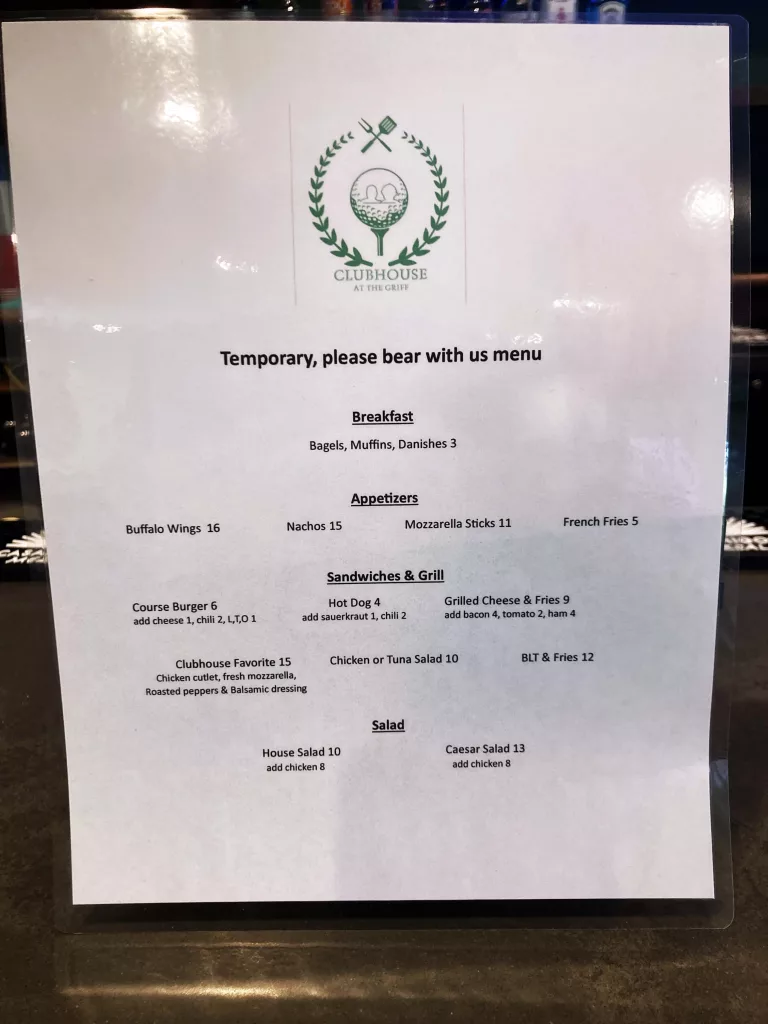

By Clay Kaufman
Math is a challenge for many students, and traditional ways of teaching math often frustrate them. You may remember your own math experience as “drill and kill,’ as the saying goes.
Part of the frustration with math stems from a common belief about the purpose of math, something with which I don’t agree based on decades of teaching everything from Algebra to Calculus. When I was in math classes in middle and high school, and students asked the teacher “why are we learning this?”, I remember the teachers saying: “Because you need to know it for next year’s math class.” An unsatisfying response, of course. Many students really wanted to know why a particular topic was important or useful.
As we all know, most adults don’t use the quadratic formula in their daily life. Nor will they use the Law of Cosines or the half-angle formula. Instead, in teaching math over the years, I have found that math is a tool for helping students build intuition and find patterns. When looking at a particular practice problem, it is helpful to step back and ask yourself, “what’s going on in this problem?” That is, is it an equation that needs to be solved? An expression that needs to be simplified? What strategies does the problem require? That intuitive approach applies to most of life’s challenges. For example, in the workplace, if someone you supervise is struggling with a task, you step back and assess the reason: does the person need more training? is the task clearly defined? Is the person right for this task? Do they have the materials or data they need to get the job done?
In math, we rely on algorithms–structured procedures that help us approach problems systematically. If you’ve seen the movie Apollo 11, you’ve seen the importance of structured procedures as the astronauts restart the electrical system step by step to avoid draining more energy than is available. And we use algorithms in our daily lives all the time. Everyone knows how to open their front door with a key. Why are we able to open someone else’s front door with the right key? Because we know the general algorithm: insert key, turn right or left, twist the knob and push or pull the door open. Every door is different, and at my first house, I had to lift the handle slightly while inserting the key. Each door has its quirks, but the algorithm is the same. So first and foremost, for most students, math is about teaching intuitive thinking, looking for patterns and finding systems that organize our thinking and make tasks easier.
A second aspect of math that feels daunting is automaticity with math facts. We all hope our children will remember their times tables and other math facts. For some students it comes naturally. Students with learning differences may never reach a point at which their math facts are automatic, but difficulty with math facts won’t hold them back in most fields of endeavor. Using a calculator for math facts is not the end of the world! A few years ago, I was teaching the Calculus class at the school I headed, and I had a student who was conceptually very strong, and earned A’s all the way through Calculu, even though she couldn’t multiply 6 times 3 in her head. She used a calculator, and was an excellent Calculus student because she understood the concepts and thought intuitively.
In fact, students who struggle with math facts are often can master math concepts. At The Cedar School, a private high school here in Greenwich, all our students have language-based learning differences, and we see that the biggest challenge for them is actually the language of math, not the concepts. Word problems are full of words, not surprisingly, and giving the students a structured approach to setting up an equation makes a big difference. Color-coding and setting up structured procedures make the concepts accessible, and singing the Quadratic Formula to the tune of “Pop Goes the Weasel” makes it much easier to memorize (try it!).
In fact, my youngest daughter was taking Algebra in middle school and was struggling with homework one night at the kitchen table. I asked her what was giving her trouble. She said the Quadratic Formula was difficult to memorize! I suggested she sing it to the tune of “Pop Goes the Weasel,” and she perked right up. She asked, “Dad, is it ok if I use that song to help me?” I told her, “of course!” The next day she came home looking very concerned. When I asked her what was wrong, she said that she was singing the song while working on math at lunch, and her friends came over. I wasn’t sure what she was going to say next! But she said that they asked if they could use the song too, and she said “Dad, I told them they could, but I didn’t ask you if that was ok!” I told that of course it was ok, and within a week, half the grade was singing the Quadratic Formula!
Drilling math facts sometimes helps. Research shows that structured procedures and a multisensory approach that breaks down the language of math make a bigger difference in learning concepts (such as long division—such a complex process!), finding patterns, categorizing, and strengthening an intuitive understanding of math. Memorization is only one small part of what makes math useful.
When students ask, “why are we learning this?”, they deserve a real answer. They deserve to know that you don’t have to know all your math facts to be good at math, and that math helps everyone, in every field of study. When we help students build their intuition and draw on their strengths, they can apply what they learn in math to everything they do in school.




